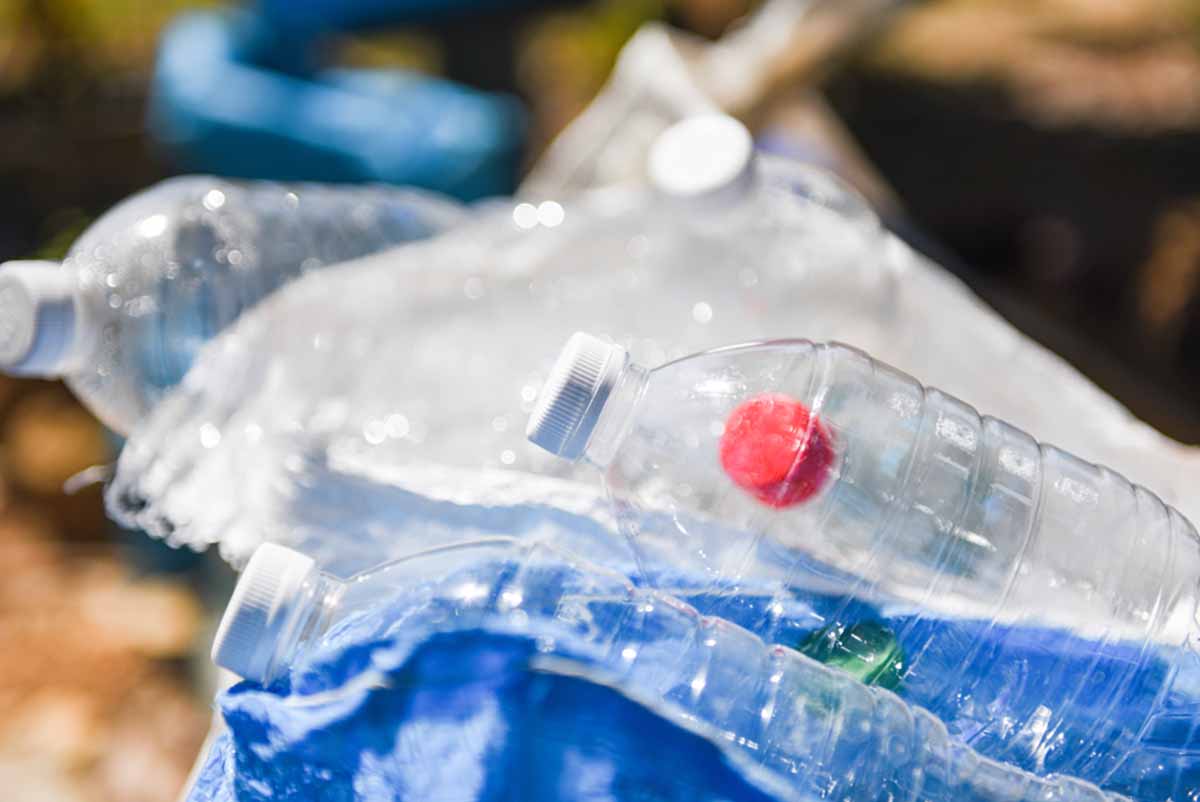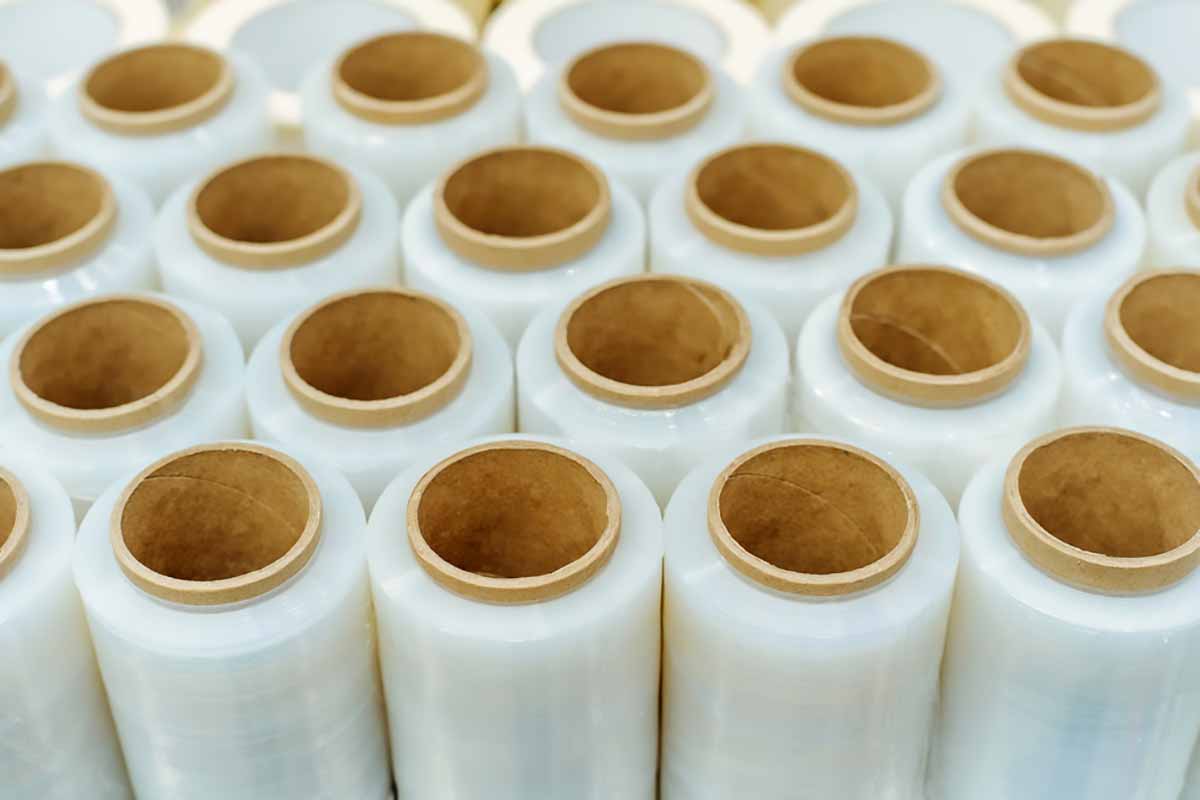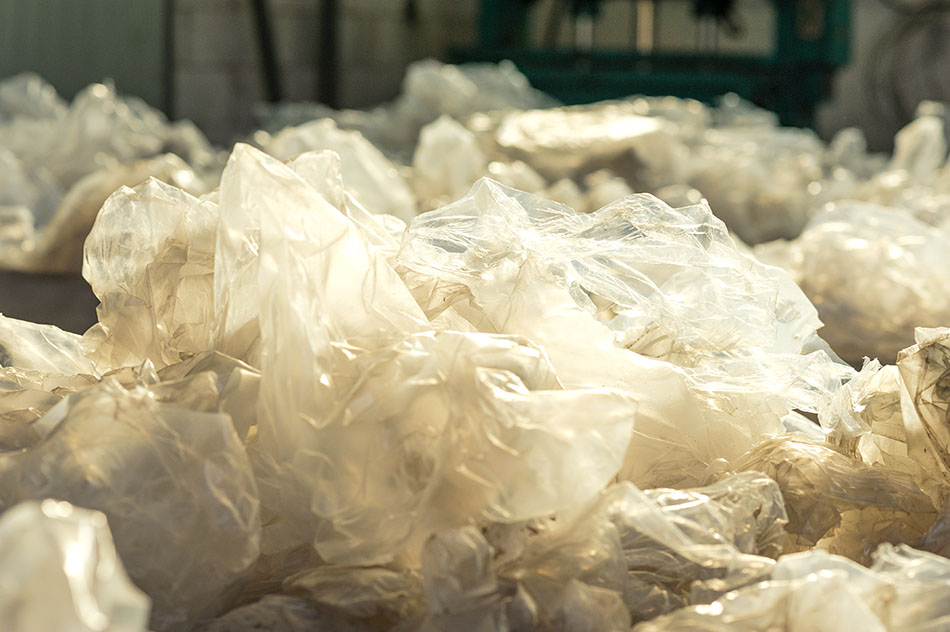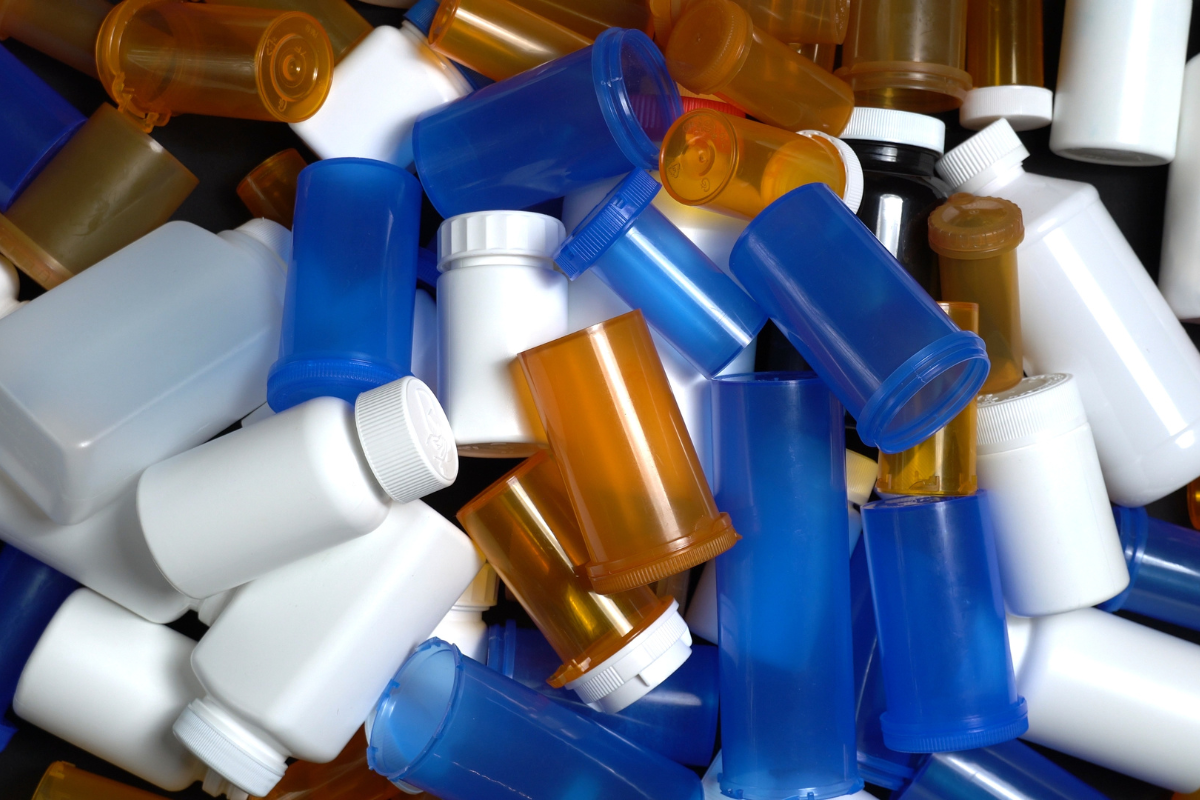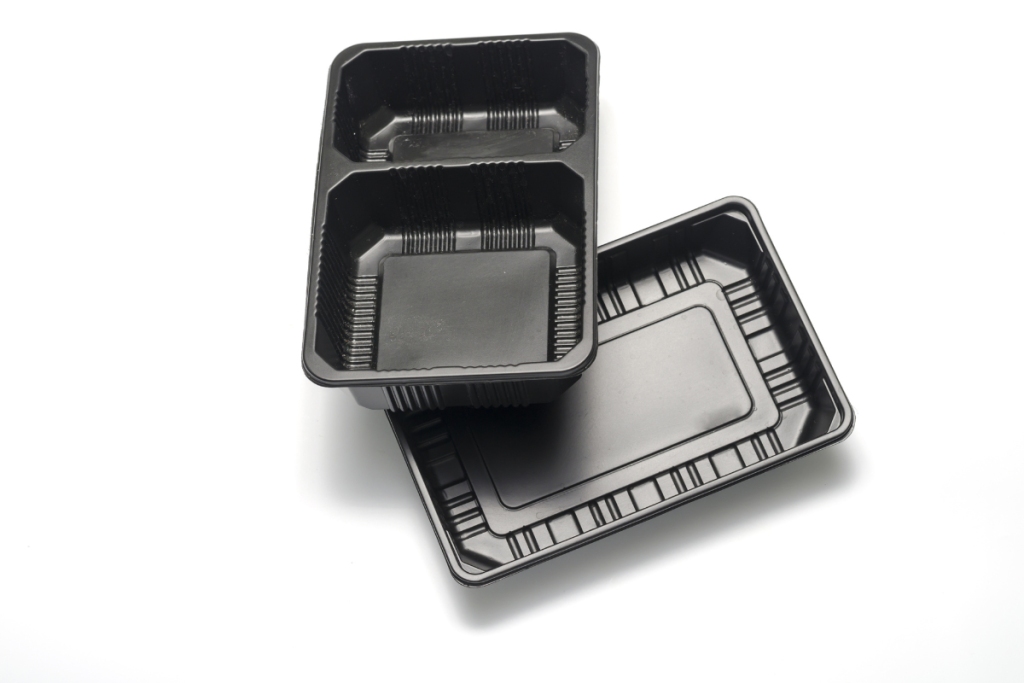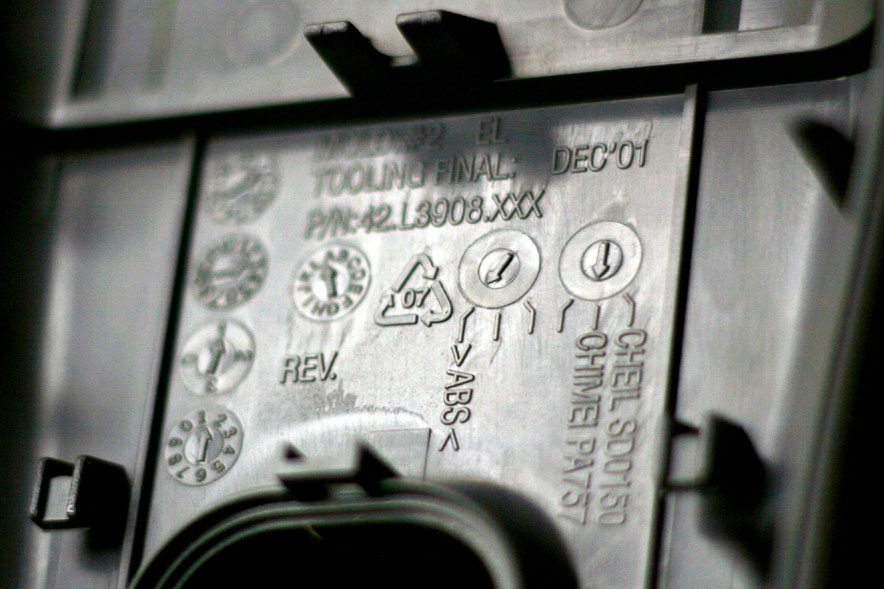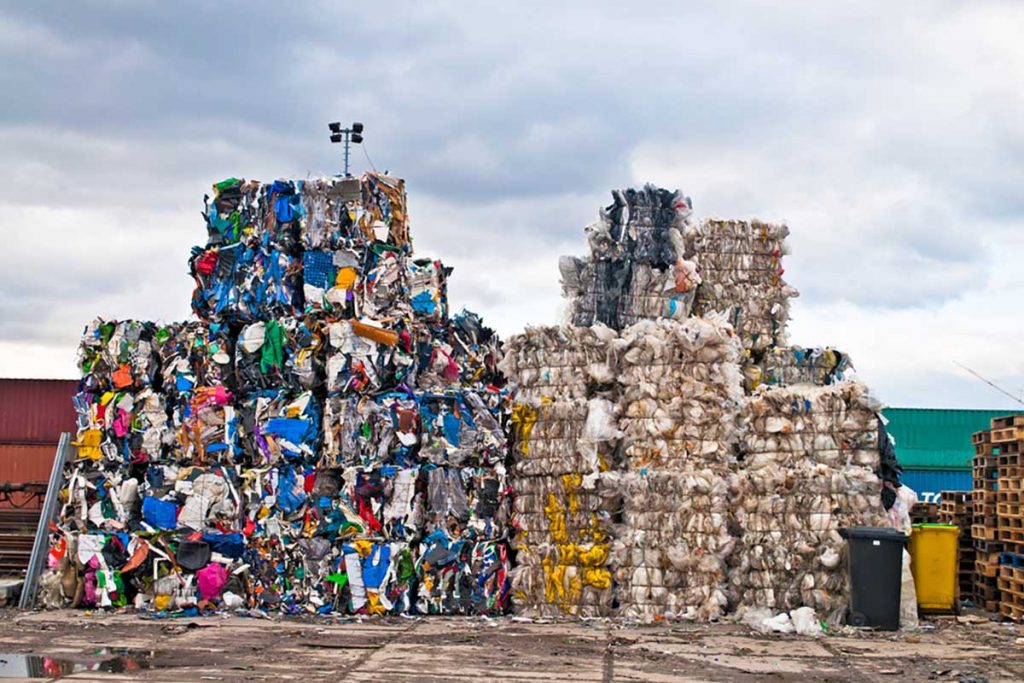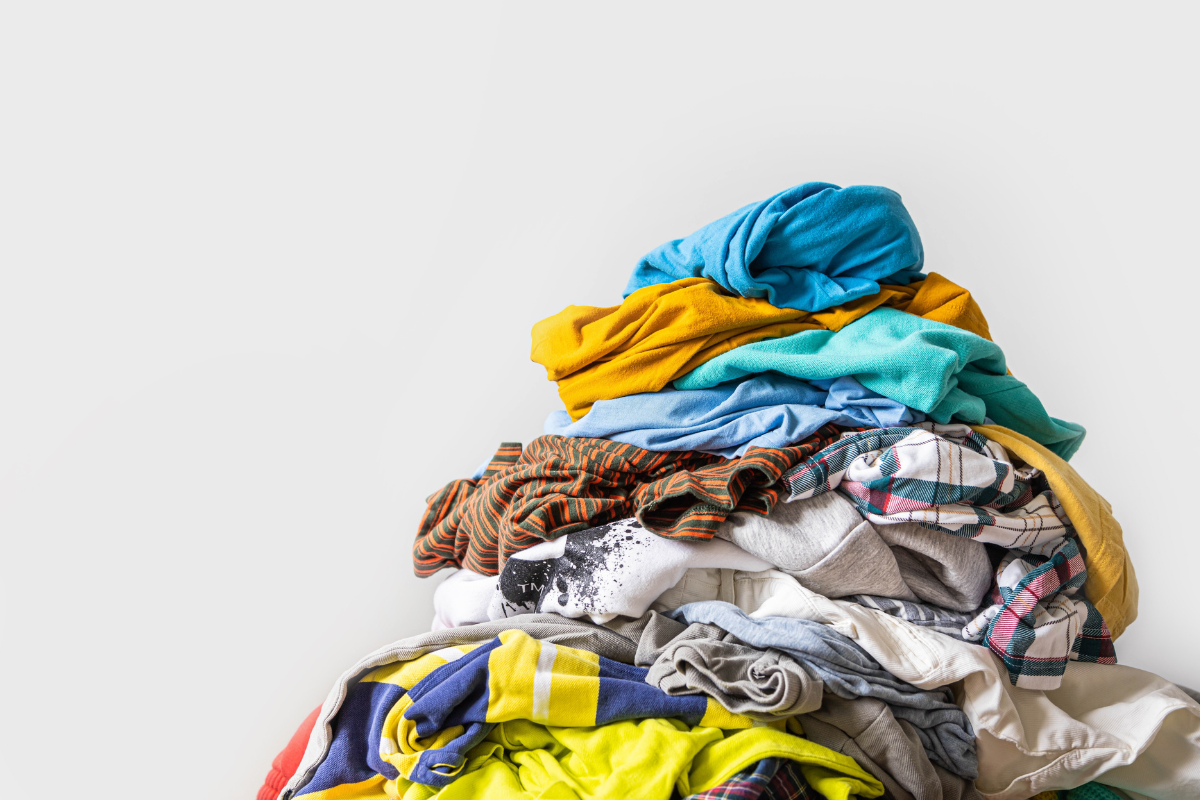
An AI-powered recycling system at the Rochester Institute of Technology can identify non-recyclable components of clothing and can detect the fiber composition of the whole item. | Kostikova Natalia/Shutterstock
Researchers at the Rochester Institute of Technology are developing a high-speed automated system to disassemble and recycle clothing. Continue Reading


